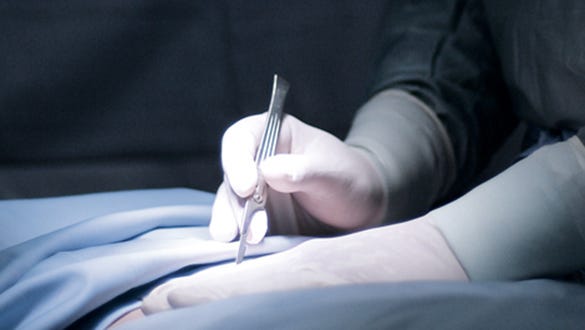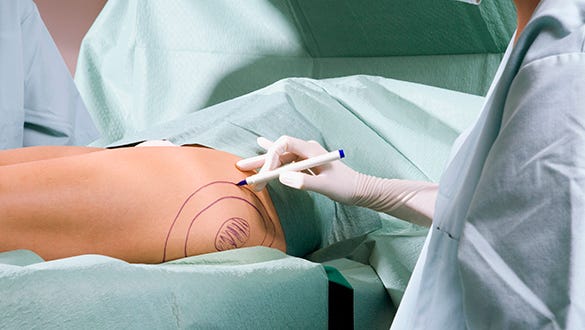- Free First Class Delivery
- Buyer Protection
- Secure Online Shopping
- Healthcare Professional? Click here
Liposuction


Categories
Outpatient procedure
Liposuction is usually performed under general anaesthetic, although an epidural anaesthetic may be used for liposuction on lower parts of the body.
High frequency vibrations involving a weak laser pulse or a high-water pressure jet are used to break up the fat cells. The fat it is sucked out through a cannula by a vacuum pump. The procedure usually lasts one to three hours and most people need to stay in hospital overnight.
Fatty areas on the outside of the thighs, the bottom, the tummy and lower back area respond well to this procedure. But the method can also be used for the face.
Usually no more than two litres are removed at a single operation, although up to five litres are possible in exceptional situations.
A variety of different techniques are available for liposuction today, however each procedure uses a thin tube (cannular), connected to a vacuum to suction the fat from your body.
- Tumescent liposuction is the most common technique (as detailed above).
- Ultrasound assisted liposuction uses sound waves under your skin to rupture the call walls of the fat.
- Laser-assisted liposuction uses laser to produce a burst of energy to liquefy the fat.
The aftercare with compression is the same for all these procedures and serves to secure the desired surgical outcome. Full recovery usually takes about 2 weeks.
- The risk of heavy bleeding is minimal.
- The fact that only small skin incisions are needed for this surgical technique is an added benefit, because the likelihood of poor wound healing remains low.
- As a rule, outpatient care enhances the patient's co-operation and mobility.
- The risk of postoperative thrombosis is also low.
Nevertheless, liposuction remains a surgical procedure and its risks must be weighed up individually.
Aftercare
Aftercare with compression is the same for all these procedures and serves to maintain the desired surgical outcome. For aftercare following liposuction, it can be helpful to use special compression garments, in order to prevent irregular contours from forming.







